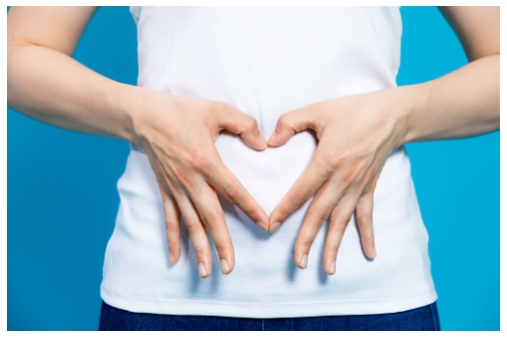digestive health
The peptic system is a group of organs that work together to convert the nutrition you eat into the liveliness and nutrients your body needs. After consuming food and water, the digestive system breaks them down into their main building blocks: carbohydrates, proteins, fats and vitamins. These essential nutrients are then absorbed into the bloodstream, which carries them to cells throughout the body. Nutrients give cells the energy they need to grow and repair themselves. Everything in your body, from hormones to your heart, needs nutrients from the digestive process to function properly.

How does the digestive system work?
When you eat, food passes from your mouth to your stomach
through your esophagus. It then travels, ends up in the small and large
intestines, and eventually comes out of the anus as a remnant. The color of the
liver, pancreas and gallbladder is also included in the digestive system. These
organs produce chemicals that aid digestion.
All of these tissues work in harmony to provide the body
with essential nutrients. Some organs are hollow, others are full. A series of
energetic contractions move food through the digestive system from hollow
structures to solid structures.
Hollow structures of the peptic system include:
Mouth
Digestion begins in the mouth. This is where chewing begins
to break down starches into carbohydrates. Special glands in the mouth secrete
saliva. Saliva and enzymes in saliva also help accelerate the breakdown of starchy
foods.
Esophagus
This organ pushes food from the mouth to the next part of
the digestive system: the stomach.
Stomach
Once the food has passed through the esophagus, the muscles
in the upper abdomen relax, allowing food to enter. Once the food has entered
the abdominal, the muscles in the lower abdomen begin to move. The movement
combines food with acidic digestive juices produced by the glands in the
stomach. Acid primarily breaks down foods that contain protein. Finally, the
contents of the stomach pass into the small intestine.
Small intestine
The forces of the small intestine mix food with its own
digestive juices, as well as with the juices of the pancreas and liver. As the
small intestine propels food through the large intestine, these digestive juices
help break down the food into starches, body fat, and then protein. The ramparts
of the small intestine absorb nutrients from digested food and carry them
through the bloodstream. From there, the blood carries nutrients to cells
throughout the body.
Not all nutrients are broken down by the digestive system.
Waste, undigested food and dead cells end up in the colon. The large intestine
absorbs excess water and nutrients from the wastes before turning them into
hard stools. Stool is kept at the end of the large intestine, called the
rectum, until it is excreted from the body when passing through the intestine.
While hollow organs play a vital role in the digestion
process, solid organs release various chemicals that allow the digestion
process to actually work.
The strong organs of the digestive system include:
Pancreas
The pancreas is located in the larger stomach, behind the
stomach. It produces digestive juices which help the small intestine to break
down food into carbohydrates, proteins and fats. It also produces chemicals
that help regulate blood sugar levels, affecting the amount of energy available
for use by the body.
Liver
The liver is a very big organ located above the stomach in
the higher abdomen. In addition to many important functions, the liver produces
bile, a digestive substance that is stored in the gallbladder. During
digestion, bile is sent to the small intestine to help break down foods that
contain fat. In addition to aiding digestion, the liver also stores nutrients
and helps flush toxins from the body.
Gall bladder
The gallbladder is a smaller sac that supplies the bile
molded by the liver. During digestion, the gallbladder secretes bile in the
upper part of the small intestine to break down foods containing fat.


